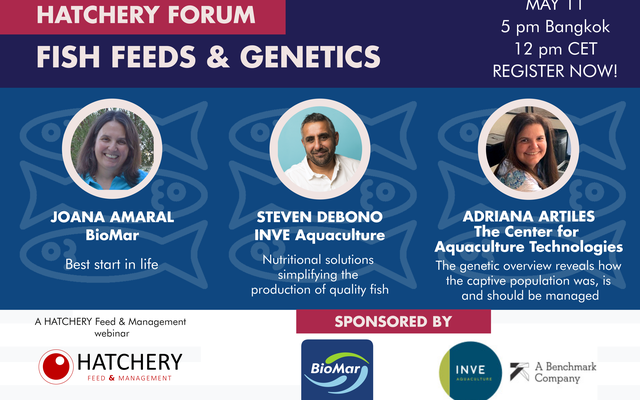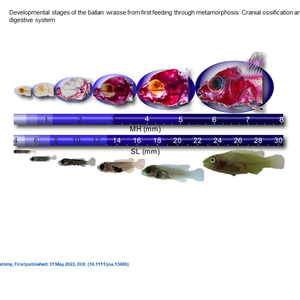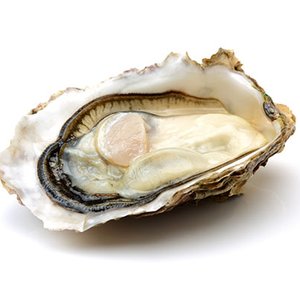Co-feeding strategies, rotifer substitution diets and genetic tools were some of the tools presented in the fish session of the World Hatchery Forum. The forum focused on practical solutions for aquaculture hatchery managers.
The fish session was sponsored by BioMar and INVE Aquaculture.
Best start in life
The main objective of any hatchery is to produce quality and robust fry for the grow-out stages with high survival, growth and low deformities. “It’s clear that whatever we do at the start will definitely have an impact in the following steps of the production process,” said Joana Amaral, global product manager for marine fish hatcheries at BioMar.
If quality is decided very early, feeds are one of the key parameters for quality fry. Inert larval feeds have evolved dramatically allowing larvae to eat from the mouth opening. Joana said that currently not only is possible to feed from the mouth opening, together with live feed, but it also comes with better results. Through a series of trials in seabream, red bream and seabass in commercial hatcheries, Joana shared how early co-feeding strategies with BioMar’s LARVIVA ProStart have a positive impact on the quality of fish fry.
Joana concluded that early co-feeding promotes higher survival, growth, homogeneity, lower deformities, easier weaning and reduced dependency on live feed.
For more details on co-feeding trial results, watch Joana’s presentation here.
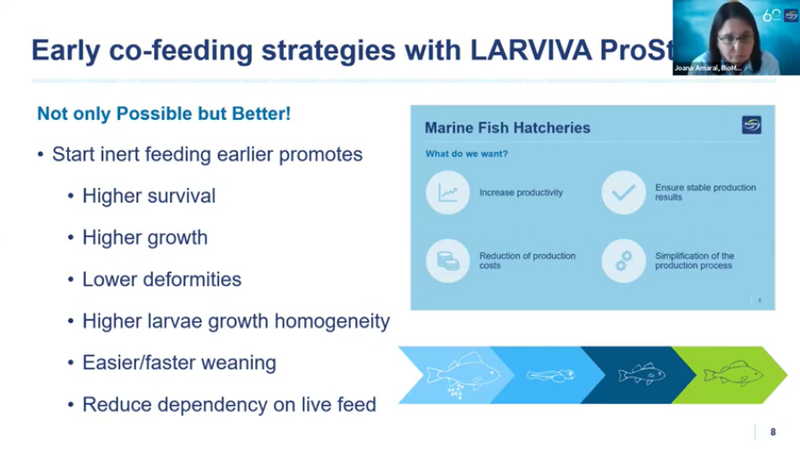
Simplifying the production of quality fish
Steven Debono, product manager of fish hatchery products for INVE Aquaculture, presented the latest results in commercial hatcheries of INVE’s new rotifer substitution diets, Natura pRo and ExL, presented for the first time in our 2021 series Trends in aquaculture hatcheries.
In the past few months, the company has been working with marine hatcheries confirming that this major milestone simplifies the production of quality fry, reduces running costs in rotifer units and improves fry production and performance.
Steven presented three trials in seabream commercial hatcheries that initially aimed at 50% reduction of rotifer starting dry feed application at 4-5 dph. Results at post-weaning stage showed improved quality fry, increased survival, improved robustness and tolerance to stress. The diet also led to reduced rotifer consumption which has a significant impact on hatchery cost savings.
For more details on INVE's recent trial results, watch Steven’s presentation here.
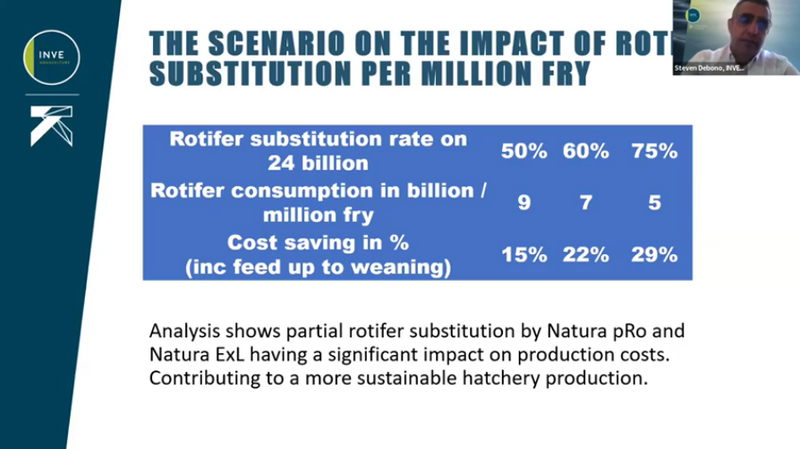
The genetic overview
Adriana Artiles, business development manager for the Center for Aquaculture Technologies, presented on how fish hatcheries can take advantage of the genetic overview for better management of their breeding programs.
The genetic overview is a compelling service to characterize a population in captivity that is usually managed for commercial purposes. Using a set of tools, the levels of diversity, consanguinity and the genetic structure of the population are provided. If these levels are not tracked, they can eventually neglect gains if they are not properly handled in further generations. The genetic overview can find where the problem is and offer clues about how to solve it and also if the diversity is high, how to keep it.
Some of the applications are monitoring inbreeding/relatedness and genetic diversity, assessing the initial structure at the beginning of a new program, evaluating the benefits of introducing a new line and ongoing management of existing breeding programs. In a series of examples, Adriana shared the biological meaning of some genetic parameters from the genetic overview and how they provide clues on how to manage the population.
“The genetic overview is a powerful service to understand the current genetic characteristics of a population. It is particularly useful at the beginning of any program or when introducing new lines to understand the story that the DNA has to tell you about how the population was, is and should be managed,” Adriana concluded.
For more details on how the genetic overview can be applied in fish breeding programs, watch Adriana’s presentation here.
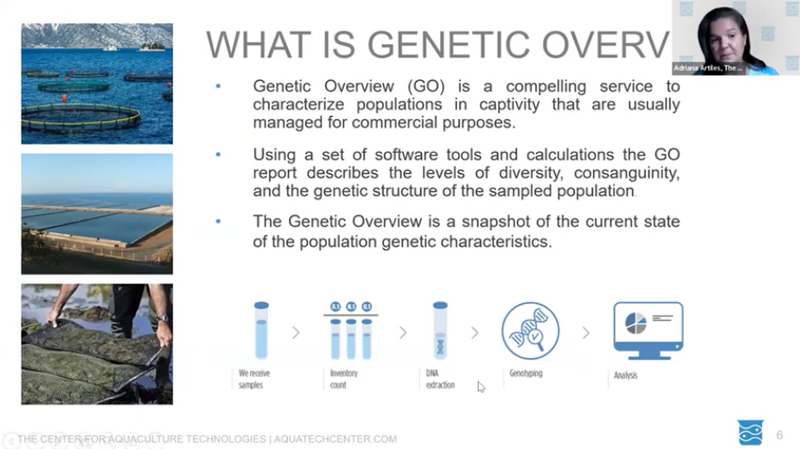
Don’t miss the other three sessions of the Word Hatchery Forum:


